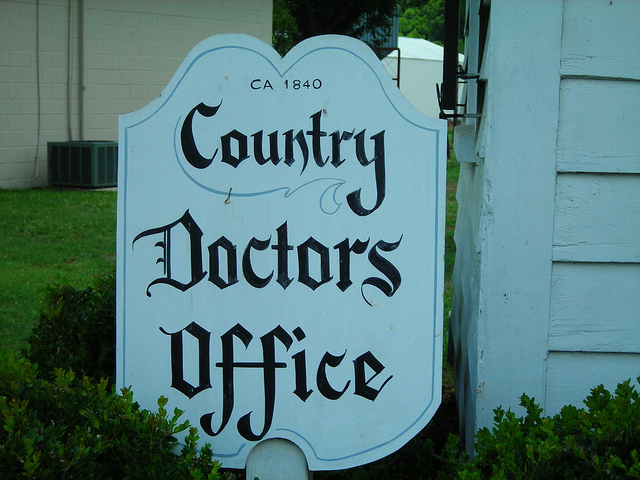Managing the medical portion of workers’ compensation claims can be daunting. The variables are endless -- vendors of all types, extraneous and overlapping events and even participants' attitudes. Moreover, injured employees' recoveries lie in the balance, making the effort essential.
Tried-and-true methodologies have been in place for 25 years, including bill review, utilization review, discounted medical provider networks, medical case management, fee schedules, guidelines and peer review. That should do the job, but apparently not. The medical portion of claims continues to rise.
Basically, the industry is continuing to follow the same pathways while hoping for different outcomes. Enough said.
This is not to say we should scuttle the strategies in place. Instead, the focus should be on updating and intensifying the existing processes to achieve their intended results.
Workers’ compensation is an industry replete with transactions that are recorded digitally. First reports of injury, bill review, pharmacy benefit programs and claims system paying bills and documenting events: All continually contribute to the data mass for each claim. Effectively analyzing that data on a concurrent basis and making the business knowledge available to claims adjusters and other decision makers is a powerful approach to strengthening current systems.
Analyzing data and converting it to useful information is the key to enhancing current medical management techniques. Writing reports and analyzing trends cannot affect outcomes. Such measures focus on the past, but that cannot be changed. Data must be utilized in new ways.
The first prerequisite is getting data-derived information to the front lines quickly. The business units should have access to analyzed information as concurrently as possible. Early information sets the scene for early intervention and resolving problematic situations in claims before they spin out of control.
Distributing information continuously requires that the data be electronically monitored and analyzed continually, not at the end of the month or quarter. When conditions that portend risk occur, the appropriate person is automatically notified. That might be the claims adjustor, medical case manager, medical director, supervisor or manager. Importantly, the notified person will follow the organization’s approved procedures, thereby lending structure to the process.
Monitoring data and notifying the right people when indicators in claims point to risk mobilizes medical management, as I explained in
this article. Other data initiatives can be even more compelling.
Research in the industry irrefutably shows poorly performing medical providers lead to high cost and poor results. Poorly performing doctors in the workers’ compensation context are those who have little understanding of the system or deliberately abuse the system through overutilization. Indicators of such poor performance are readily found in the data.
The data will reveal the poor performers, those who ignore basic workers’ compensation needs such as early return to work, as well as those who bleed the system with excessive treatment practices.
Treating doctors essentially cause, influence or control a significant portion of medical costs. Once the injured worker is in the doctor’s care, opportunities to steer the course with medical management methods nearly disappear. Consequently, choosing the right physician at the start is essential.
Using data analysis to select the best practice doctors is the way to prevent problems and smoothly lead to the most optimal outcome. In many states, this is possible and encouraged. In other states, directing care is not allowed. Nevertheless, non-traditional applications of analytics can optimize results.
When directing care to the best doctors is not possible, the next best option is to change the perpetrating doctors themselves. The fact is, people, and maybe especially doctors, do not like to look bad. Presenting them with analytic representations of their performance compared with others of the same specialty in the state is a powerful behavior-change methodology. Those who are outliers will begin to move toward the mean.
Changing medical provider performance is not impossible! Of course, doctors will first attempt to push back. One way they argue is to say they treat only the more serious cases. That could be true. However, the pièce de résistance is to correct for medical severity in performance analytics, leveling the playing field. Those who treat more serious injuries are compared only with others who treat similarly difficult cases.
Adjusting for case risk or severity by diagnosis is how to diminish resistance for poorly performing treating physicians. Graphic presentations of comparative performance cannot be disputed. The fairness is built in.
As the treating provider outliers move toward the performance mean, they may never achieve best-in-class, but their outcomes will gradually improve. They will also be aware of continued surveillance, so the impact persists. Positioning data in this way is your weapon of choice for a powerful, yet bloodless medical management solution.


